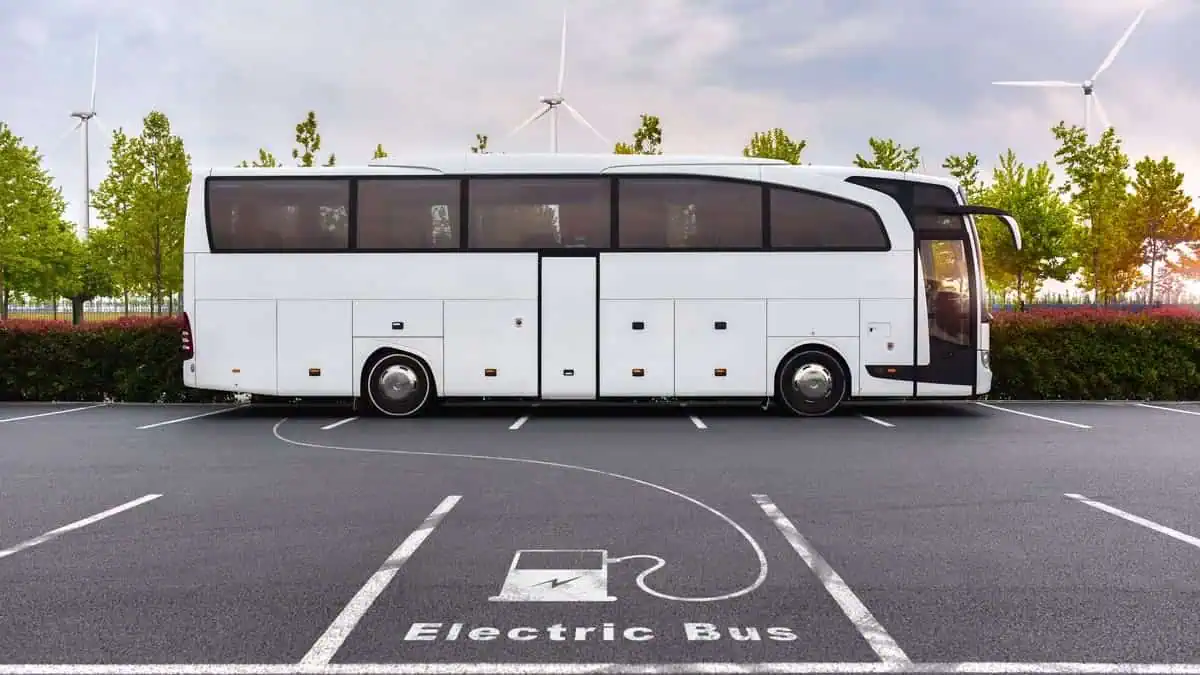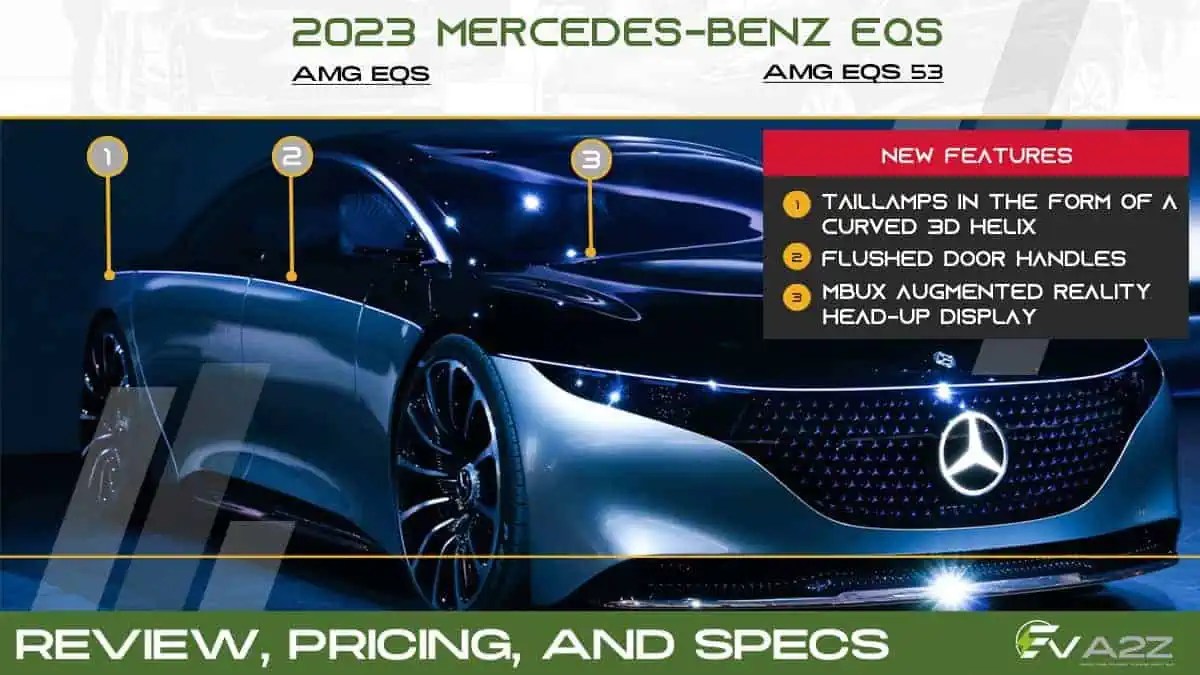WAVE, or Wireless Advanced Vehicle Electrification, offers a whole new wireless EV charging technology. They are currently working on a project to develop wireless charging solutions for medium and heavy-duty electric vehicles.
In a recent interview conducted by Cleantechnica, WAVE’s CEO Aaron Gillmore shared some insights on the company’s projects.
Founded in 2011, WAVE is a product of research on wireless transfer technology conducted at Utah State University. They started, of course, with small things such as light bulbs until they moved to focus on high power.
“Through a lot of R&D and a lot of work, the company now has a demonstrated system that’s at 500 kilowatts. So, we’ve come a long way and focused on the high-power medium- to heavy-duty EV market because that’s where we feel the most impact can be had.”
Gillmore also emphasized that the impact of WAVE on heavy-duty vehicles will be enormous. For instance, it is effortless to plug in your car, and you can do that while you shop or do other things. For heavy-duty vehicles, this will be advantageous since the automobile is charging while on the trip. They will not have to wait for it to get fully charged before using it again.
Problems With Wireless Charging Solutions
During the interview, Gillmore also addressed some problems that wireless Charging faces. While working at companies such as SolarCity, Tesla, and BYD, he learned about these duty cycles that are part of the complexity that WAVE is taking on.
He emphasized that big batteries will be a problem. The battery gets too big, from a space perspective, on the vehicle, and it gets too heavy in some cases, he explained. If there’s a heavy battery, the vehicle cannot carry too much weight. He also highlighted that batteries are the most expensive part of an electric vehicle.
“Maybe 40% of the cost of the vehicle — could be even higher than that, it depends on the vehicle and how much battery you’re putting on — all of this is a bit of a challenge. And as these fleets try and transfer over to electric, they’re faced with that dilemma.”
Charging within the duty cycle is the biggest challenge
Aaron expressed his enthusiasm about discovering charging methods within the duty cycle itself.
“You can kind of get to more of a perpetual operation. And that’s kind of where the business sort of started. The biggest deal we’ve done so far that’s operationally is Antelope Valley Transit Authority. They used it there as a range extension opportunity. They only put wireless chargers out en route in various places, bus stops, transfer centers, and places where it wasn’t back at the depot.
“But they can extend range. They actually have a duty cycle where you go out all day and come back and charge at the depot. They have time overnight to do that. The problem is that they need to cover too many miles during the day and they couldn’t put enough batteries on the buses. So being able to charge enough even if it’s for five minutes, three minutes, ten minutes, or whatever it is at various places, gives them a boost of stored energy that they can put more miles in.”
He stated that such batteries could give roughly 155 miles of range at the time, and with the capacity to charge en route, the buses could cover 600 miles a day on some courses. He said that this was WAVE’s first application. Along with his colleagues, he realized that placing wireless Charging into the job cycle can transform the operator’s perspective and economics.
Furthermore, Buses will be the best choice for wireless Charging to test out first since they are on the same route every day.
WAVE isn’t the first company offering wireless charging solutions for EVs. There are also a lot of wireless EV charging companies out there. Recently, Electreon, an Israeli-based company, tested its wireless technology in a one-mile strip in Michigan.






